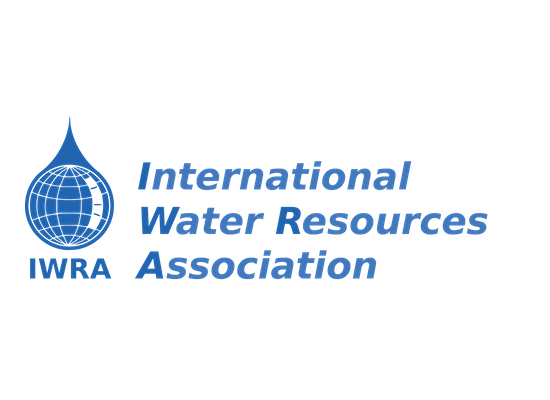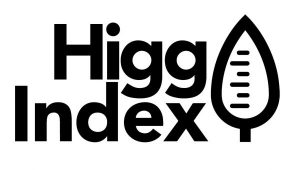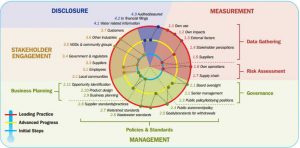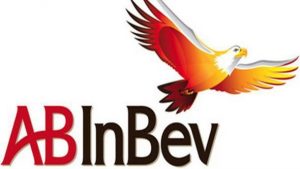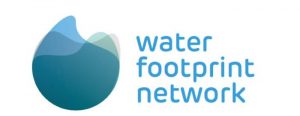Primary Functions
- Understand the importance of improving access to examples of water quality guidelines via an online compendium.
- Find the structure of a compendium providing concise but detailed information about existing water quality guidelines.
Detailed Description
This report, Developing a Global Compendium on Water Quality Guidelines, collects and examines examples of existing recommendations for influent water quality, as applied to various human and ecosystem uses. It provides examples and analysis of existing water quality guidelines, to demonstrate the type of content that should be included in a future larger online compendium. Building on the case studies, the report explores new perspectives, and raises pertinent questions for future work on the topic. Its primary objective is to lay the groundwork for an online compendium to improve access to examples of water quality guidelines and facilitate a better understanding of how water quality demand and supply can contribute to appropriate and economical multi-sectoral water resource management.
While there are many forms of regulatory requirements in the water sector and a number of reports that examine them, there are also water quality guideline documents that cover large geographical areas such as federal states, and international regions. These have not so far been well examined. Guidelines are tools that recommend a particular practice, allowing some discretion or leeway in its interpretation, implementation, or use. They can come in a variety of forms, ranging from strict guidance such as a directive that is not voluntary yet still needs to be transposed into a final product of regulation, to recommendations that are encouraged yet voluntary to the target audiences. Therefore, to avoid duplicating work already done, this report focuses on such guidelines.
The main objective of this report is to provide the proposed framework and initial content to supply an online compendium on global water quality guidelines according to water use. The report aims to provide the justification and outline for such a compendium. It is expected that the specific aims of the proposed compendium will include;
- Reducing water demand conflicts by encouraging consideration of differences in water quality needs when allocating water resources.
- Supporting decision-making by water management authorities who are concerned with managing different uses and different water qualities.
- Contributing to improving awareness and access to information on existing water quality guidelines, to increase efficient water use and support further development of water quality guidelines.
- Improving knowledge concerning certain water uses where international guidelines for water quality do not yet exist.
- Enriching the debate on water quality, particularly in relation to multidisciplinary aspects (technical, economic, legal, institutional, and social) and across different geographic scales (international, regional, national).

